Four Kloostra Brothers in Dachau – The Kloostra Family and Brother-in-laws: Johan Kloostra
| SPANISHSKY.DK 2 APRIL 2021 |
The Dutch Anti-fascism and Anti-communism
Like many Dutch communists, four Kloostra brothers and three of their brother-in-laws became victims of an anti-communist operation that started in January 1923 and was continued after the Dutch capitulation in May 1940 on orders from the burgomaster of The Hague. The 1923 operation was part of the late 1917 anti-communist activities of the Dutch Intelligence and Security Service.
Part 3.3: The Kloostra Family and Brother-in-laws — Johan Kloostra
15 members of the Kloostra family and their brother-in-laws took part In the fight against fascism in the Spanish Civil War and the Second World War. Four of them lost their lives.
By Mario Kloostra and Rudi Harthoorn/ Revision and translation editing by Maria Busch
Johan (Jo) Kloostra was born in Rotterdam 29 March 1916, the son of Tjerk Kloostra and Josina Kooijman. Together with his 11 brothers and sisters, Johan grew up in a communist and antifascist family. The family helped communist and Jewish refugees flee Nazi-Germany by accompanying them from the German-Dutch border to a safe house to prevent the Dutch police from catching and sending them back to Germany.
Johan was a drafter by profession. He was eager to spread his anti-fascist views, and in the 1930s you would often find him standing on an orange box in the centre of The Hague giving speeches against fascism.
Spanish Civil War
Together with his brother Henk and his brother-in-law Leendert (Leen) Johannes Triep, Johan left for Spain on the 4 of April 1937 in order to join the International Brigades.
Internment camp in France
During La Retirada (The Retreat), in the early months of 1939—near the end of the Spanish Civil War—Johan was amongst the nearly 500,000 Spanish refugees who fled to France. Here, all the soldiers and able-bodied were interned in barbed wire enclosed camps predominately on the beaches of Argelès-sur-Mer, Saint-Cyprien and Le Barcarès in the in the southeast of France.
Together with about 100,000 refugees—Spanish civilians and foreign volunteers from the International Brigades—Johan went to the camp on the beach of Argelès-sur-Mer. Conditions in the camp were comparable to those in a concentration camp: many people died from hunger and thirst, excessively unsanitary conditions and lack of shelter [1].

Commemorative monument, Argelès internment campAbedia
Fortunately, Johan could soon leave the camp and arrived in the Netherlands in March 1939. Here, he was stripped of his Dutch citizenship, as were all Dutch volunteers in the Spanish Civil War (cf. Part 3.1: The Kloostra Family and Brother-in-laws: Arie Kloostra).
Dutch resistance
Immediately after the German occupation of The Netherlands 10 May 1940, Johan joined the communist resistance in The Hague and just like his brother Arie and his brother-in-law Leen Triep he became part of a small armed group that carried out acts of sabotage against cars and telephone cables.
Under the pseudonym of Wim, Jo was later involved in falsifying food vouchers and the compulsory identity cards. 24 December 1941, he married Dina van Rijsdam (*29 March 1916–†27 October 1991).
Jaap Boekman
In the autumn of 1942, Johan was a courier between his brother Tjerk and Jacob (Jaap) Boekman, a member of Communist Party of the Netherlands (CPN) leadership and leader of the communist resistance in The Hague. Having been set up by informant Van Soolingen (cf. Part 2: The Fight Against Communism), Boekman was arrested for treason 21 December 1942 by the Dutch Intelligence and Security Service and sent to the Scheveningen prison (nicknamed Oranjehotel – the Orange Hotel). It appears Boekman revealed nothing during interrogation and torture, but a cell spy lured him into talking about his experiences in the resistance. Boekman was executed on 23 September 1943 [2].

Oranjehotel (Orange Hotel)Arjan de Jager KleinLicense
Arrested
The Sicherheitsdienst used Boekman’s information to arrest numerous communist resistance fighters — including Johan, who was arrested 10 March 1943, and his brother-in-law Willem Frederik (Willy) Donderwinkel, who was arrested 17 February 1943. Johan Kloostra was incarcerated in the Oranjehotel in The Hague and the Wolvenplein prison in Utrecht.
Trial
June 1943, in a criminal trial against prominent members of the Boekman resistance group at the Kriegsmarine court in Utrecht, four persons received the death penalty and were executed, several others were sent to concentration camps — including Johan, who was sent to the Herzogenbusch Concentration Camp (Vught) on the 6 of October 1943.
In concentration camp
His brothers Arie and Rein were also interned in the Herzogenbusch Concentration Camp and not soon afterward, their brother-in-law Willy Donderwinkel arrived at the camp. Johan and his brother Arie were placed in the Philips-Kommando.
24 May 1944, the three brothers were transferred to the Dachau Concentration Camp. By the autumn of 1944, four Kloostra brothers, Arie, Jan, Johan and Rein, were interned in Dachau at the same time. Johan was then transferred to the Außenlager Steinhöring, one of the satellite camps of Dachau, where he was forced to work for the Lebensborn Programme as a heating engineer. Towards the end of the war, Johan was returned to the Dachau Concentration Camp.
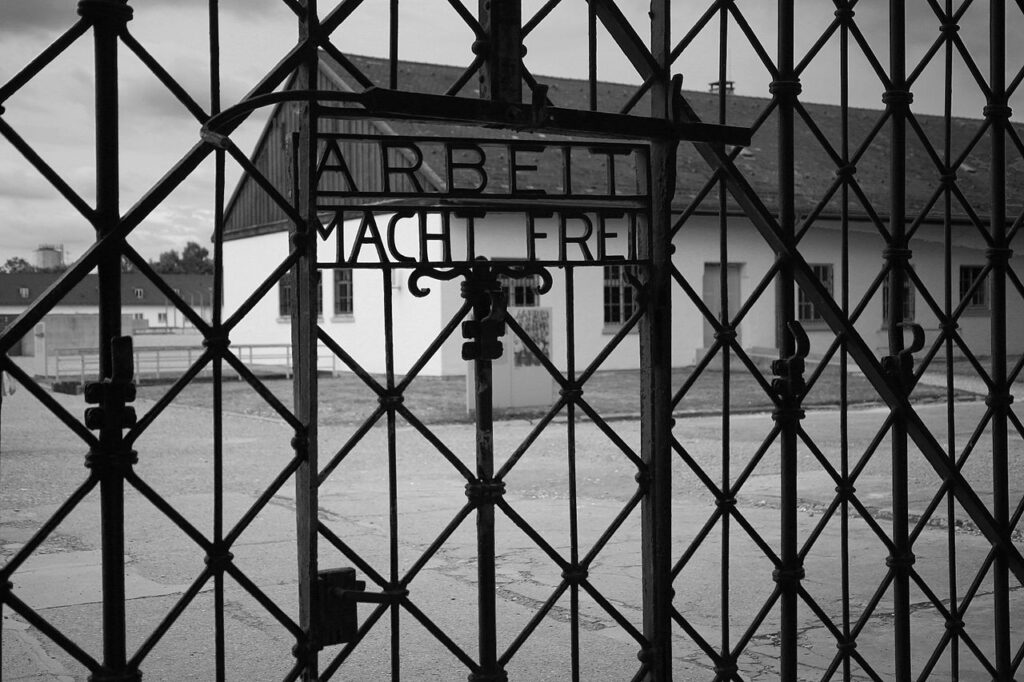
Entrance to Dachau Concentration CampRennett StoweLicense
Shortly before the liberation, the Nazis selected about 7,000 prisoners for a death march — among them Arie and his brother Johan. A German fellow Spanish Civil War combatant recognised the brothers and replaced their names on the list with those of two black-market dealers. The rest of their lives they would be burdened with guilt for having survived at the expense of others.
Liberation and the bus from Dachau
Just three days later, at 5:28 pm on the 29 of April 1945, the American Army arrived at the camp.
After the liberation, Arie and his brother Johan assisted the Americans in tracking down escaped SS officers.
Together with other former Dachau Concentration Camp prisoners, Hans Teengs Gerritsen, Carel Steensma and Willem Leonard Brugsma got hold of a bus to take them to The Netherlands and request help to evacuate the remaining Dutch from Dachau. Among the 18 passengers on the bus were Arie and Johan. Although they received a lukewarm welcome upon returning to the Netherlands, an evacuation plan was eventually initiated. Jos Schneider and Gijs van Westelaken wrote a book De bus uit Dachau (‘The Bus From Dachau’) about the bus journey to the Netherlands, which was published in 1987 [3].
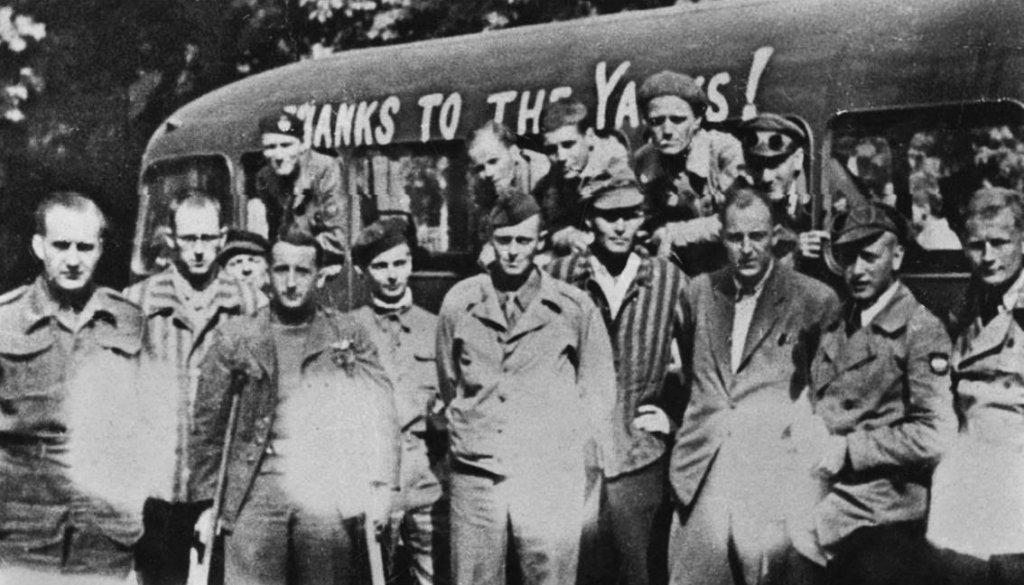
The bus from Dachau, 17 May 1945, just before leaving for the Netherlands. Second from the right (with cap), Arie, above him, in the window (with cap and sunglasses), Johan. Front row: from the third person, right to left, Ed Hoornik, Hans Teengs Gerritsen, Jaap Mesdag, Carel Steensma. Other persons are Willem Brugsma, Louis van Dungen, Dirk de Loos, Piet Maliepaard, Freek Niemeijer, Johan Post Uiterweer, Jannes van Raalte, Nico Rost, Frits Steen, Cas Vermeulen, Bram Wolff
The postwar years
After the war, Johan worked in the heating industry and advanced to project manager. He also worked for the Government Building Agency. At 52, he was retired on account of injuries caused by his concentration camp internment.
Johan was a humorous, optimistic and responsible person. He liked to discuss politics and remained active in the communist party. His hobbies were filming and drawing. He had three children and was very fond of his grandchildren, whom he filmed on any occasion. His drawings were beautiful.
Johan Kloostra died in Alphen aan den Rijn 27 October 1991.
[1] Trouillard, Stéphanie: ‘The Painful Past of Spanish Civil War Refugees in France, 80 Years On’, The Volunteer, 9 March 2019.
[2] ‘Jaap Boekman (1912-1943)’, Palvu, 1 August 2020.
[3] Schneider, Jos and Gijs van de Westelaken, De bus uit Dachau (‘The Bus From Dachau’), 1987, Balans, Uitgeverij, Nederlands, ISBN: 9789050180276. 2018, Uitgeverij Balans, Nederlands, ISBN: 9789460038303.
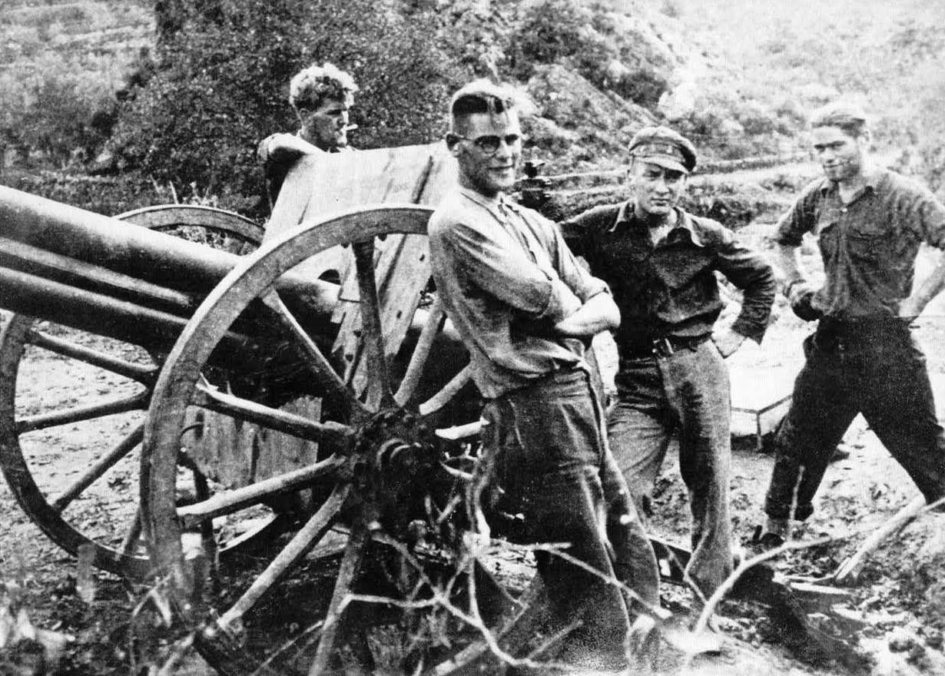
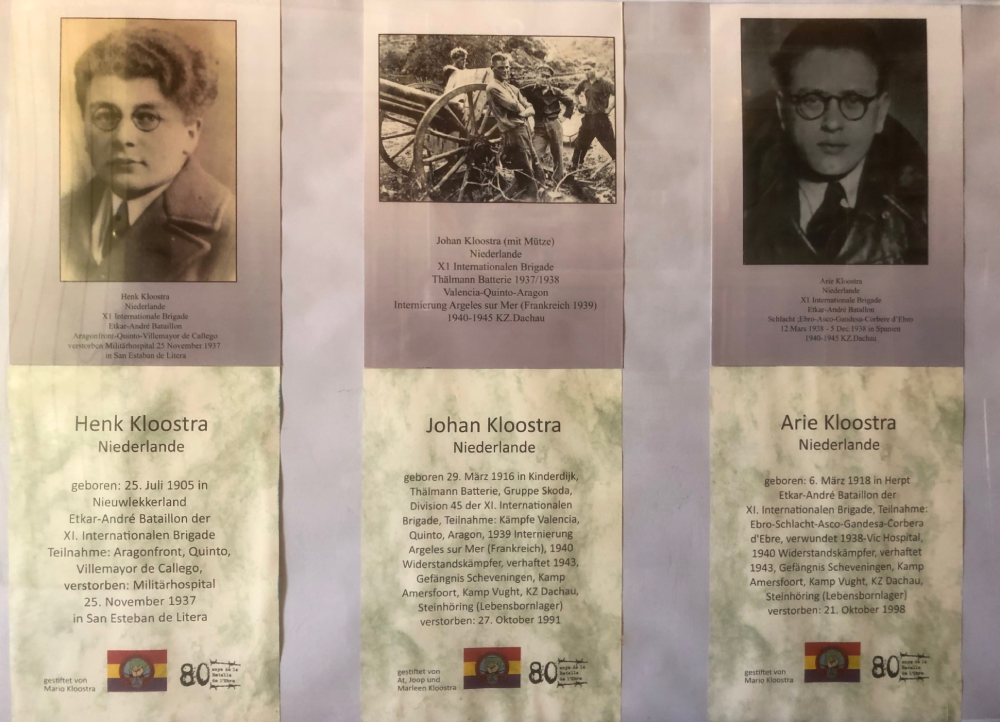
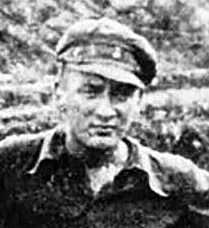
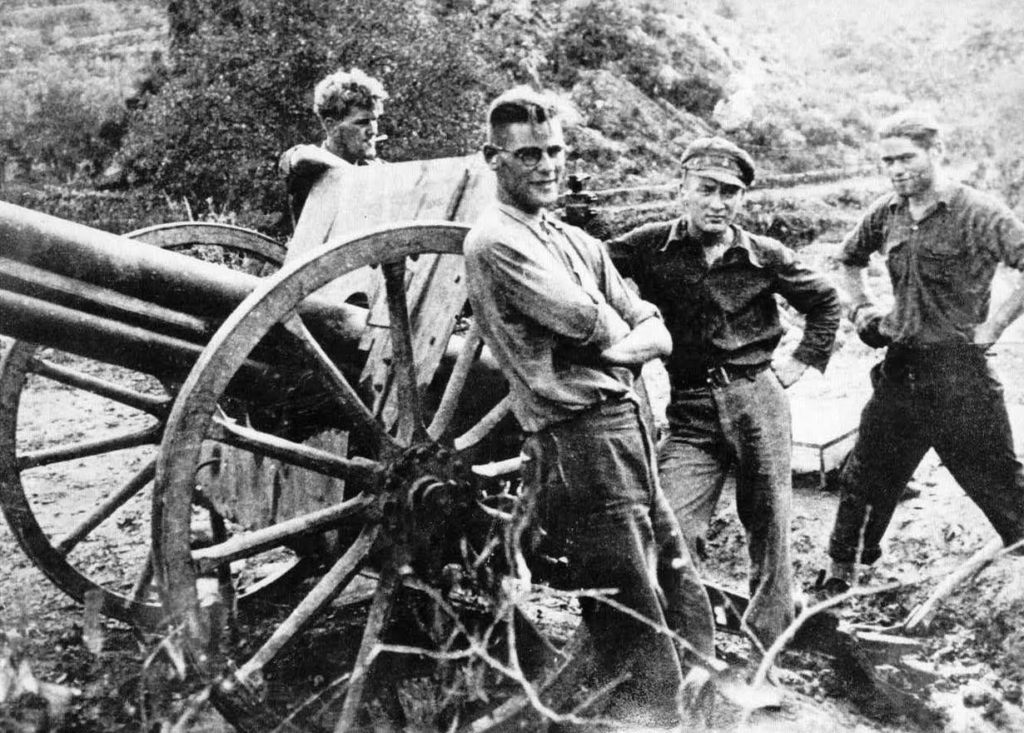

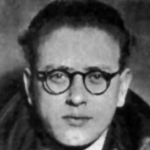
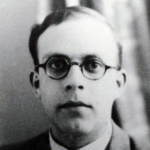
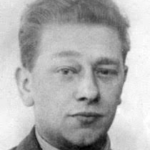

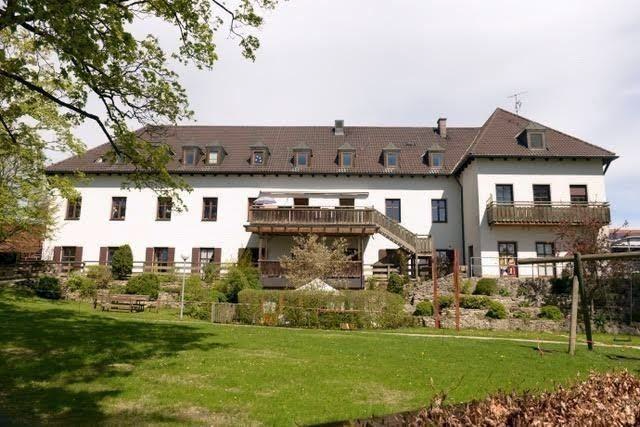
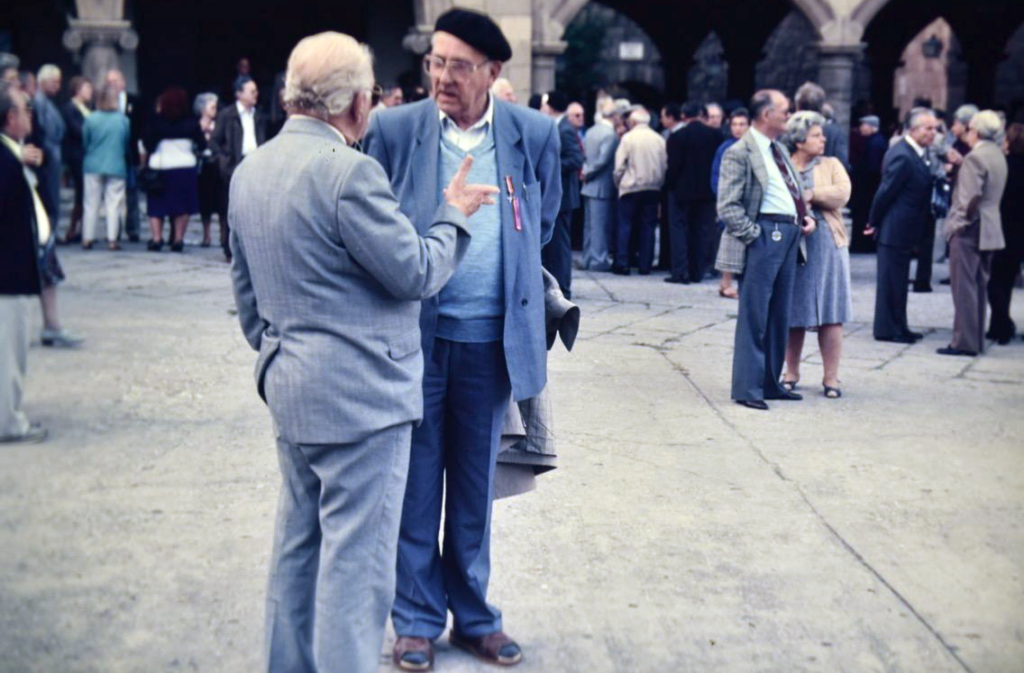
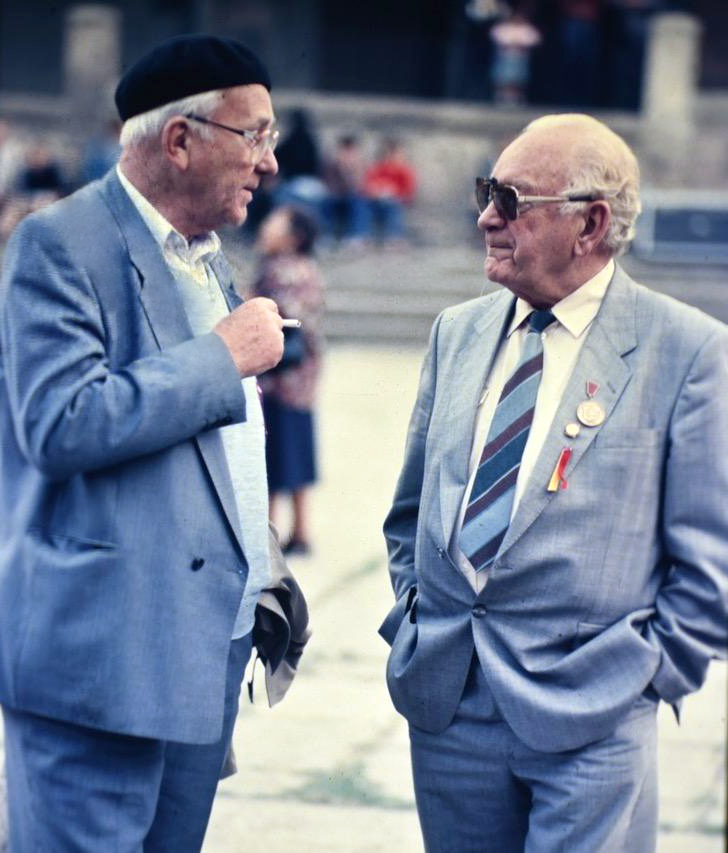

Leave a Reply
You must be logged in to post a comment.